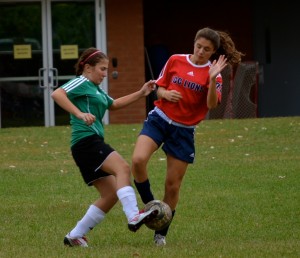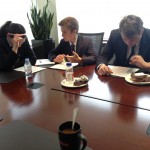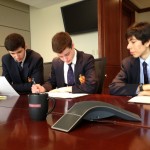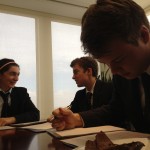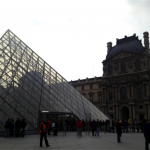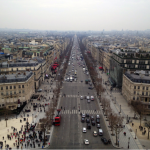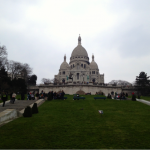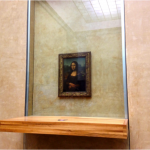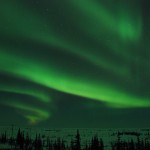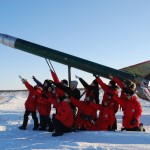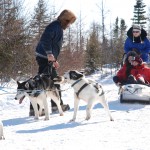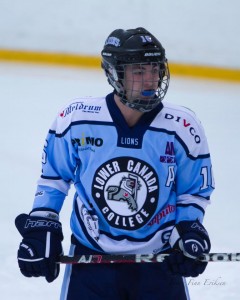 Having just won the GMAA Championship and finishing with a 34-2-1 record, the Juvenile Boys hockey team left for Scandinavia on a high note. Equipped with awesome gear and youthful zeal we arrived at the airport on March 2nd ready for the trip of a lifetime. As per usual, Mr. LLano (Coach) did not disappoint.
Having just won the GMAA Championship and finishing with a 34-2-1 record, the Juvenile Boys hockey team left for Scandinavia on a high note. Equipped with awesome gear and youthful zeal we arrived at the airport on March 2nd ready for the trip of a lifetime. As per usual, Mr. LLano (Coach) did not disappoint.
Our trip began in Denmark where we walked the cobbled streets of Copenhagen. For many this was their first time in Europe, and all were in awe by the immense heritage of this ancient city. Highlights included, visiting the Frederiksborg Castle and meeting Lars Ellers’ mother. Over the course of the several days we spent in Denmark, we played one game against a strong Rødovre Mighty Bulls club team (Lars Ellers’ team growing up).
Our journey continued as we travelled to Gothenburg, Sweden’s second largest city. Situated in the heart of downtown, we often made the short walk from the hotel to the beautiful Gotenberg port that was home to a host of restaurants, cafés and boutiques. Several boys from the team decided to immerse themselves in Scandinavian culture by dying their hair blond at what can only be described as a very colourful salon in the Town Square. After a few laughs, awkward stares and a photo with a random bystander who seemed to have a liking for the new “do’s”, the team was on their way to a tasty team dinner at the Hard Rock Café. While in Gothenburg we played against a very skilled team, the Hovås Hockey Club. Unfortunately the result was not as we had hoped, but nonetheless all enjoyed some healthy competition and revelled in the opportunity to make some new friends post-game.
Next on our itinerary was the Norwegian capital of Oslo, home to some of the steepest slopes north of the Alps and to some of the finest food in Scandinavia. I as well as my teammates will always treasure the time we spent in the beautiful Nordic city. Over the course of several days we had the opportunity to walk every square inch of Oslo as well as visit many of the city’s attractions. We were fortunate enough to spend a day skiing on the slopes of Norefjell. While our group consisted of both beginners and advanced skiers, the mountain had something to offer for everyone. It was also during our time in Norway that we were finally victorious in matches against Hasle Løren and the Ski Icehawks.
The final stop in our journey through Scandinavia was Stockholm, the Swedish capital. Made up of 14 small islands, Stockholm has a distinct beauty that my teammates and I will certainly remember. It truthfully was one of the most amazing cities I’ve ever been to. We took guided walking tours around the old and new parts of the city, and got to use the famous Hop-on Hop-off bus. Many of us had the tremendous opportunity to visit the famous Vasa museum. During our time there, we played two great hockey games against the local teams, the IFK Österåker Vikings and Sollentuna, winning 4-1 and losing 3-2. Our final days in Stockholm were action packed and exciting, an incredible way to end such a memorable trip. — Julien Miller ’13

